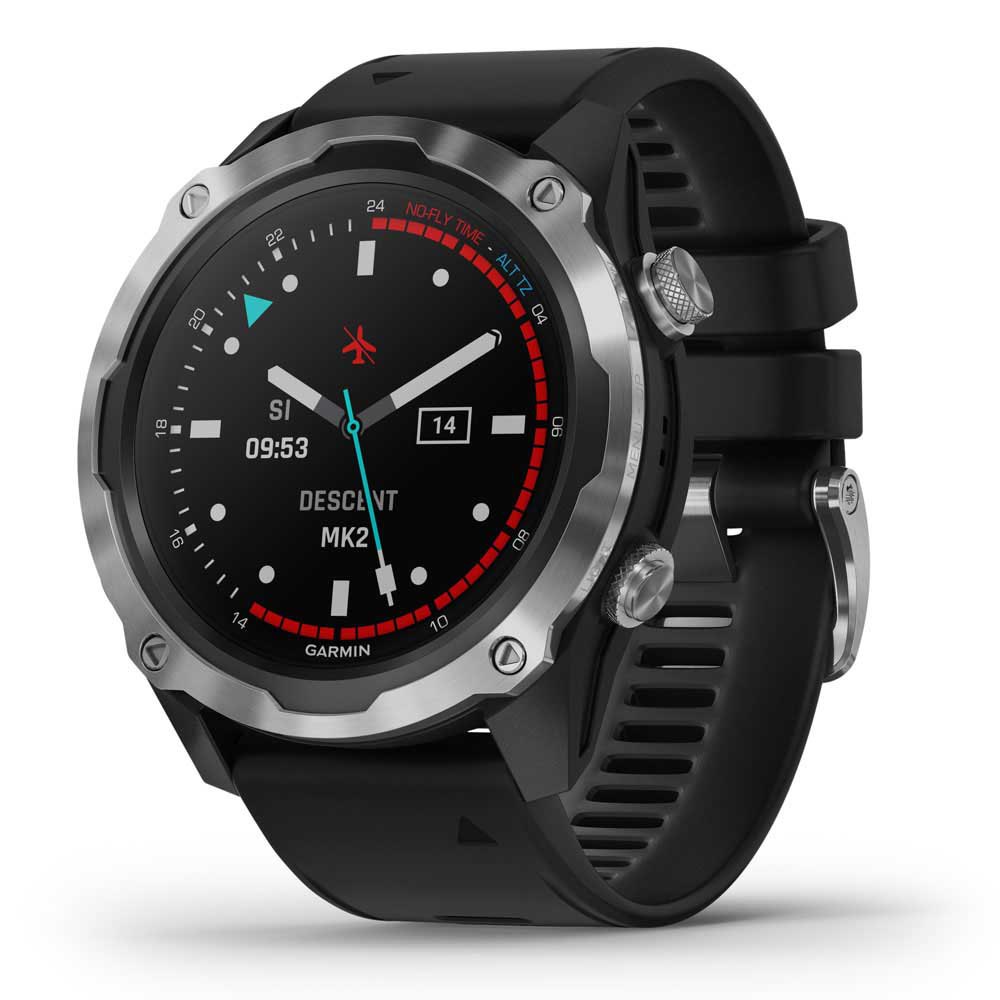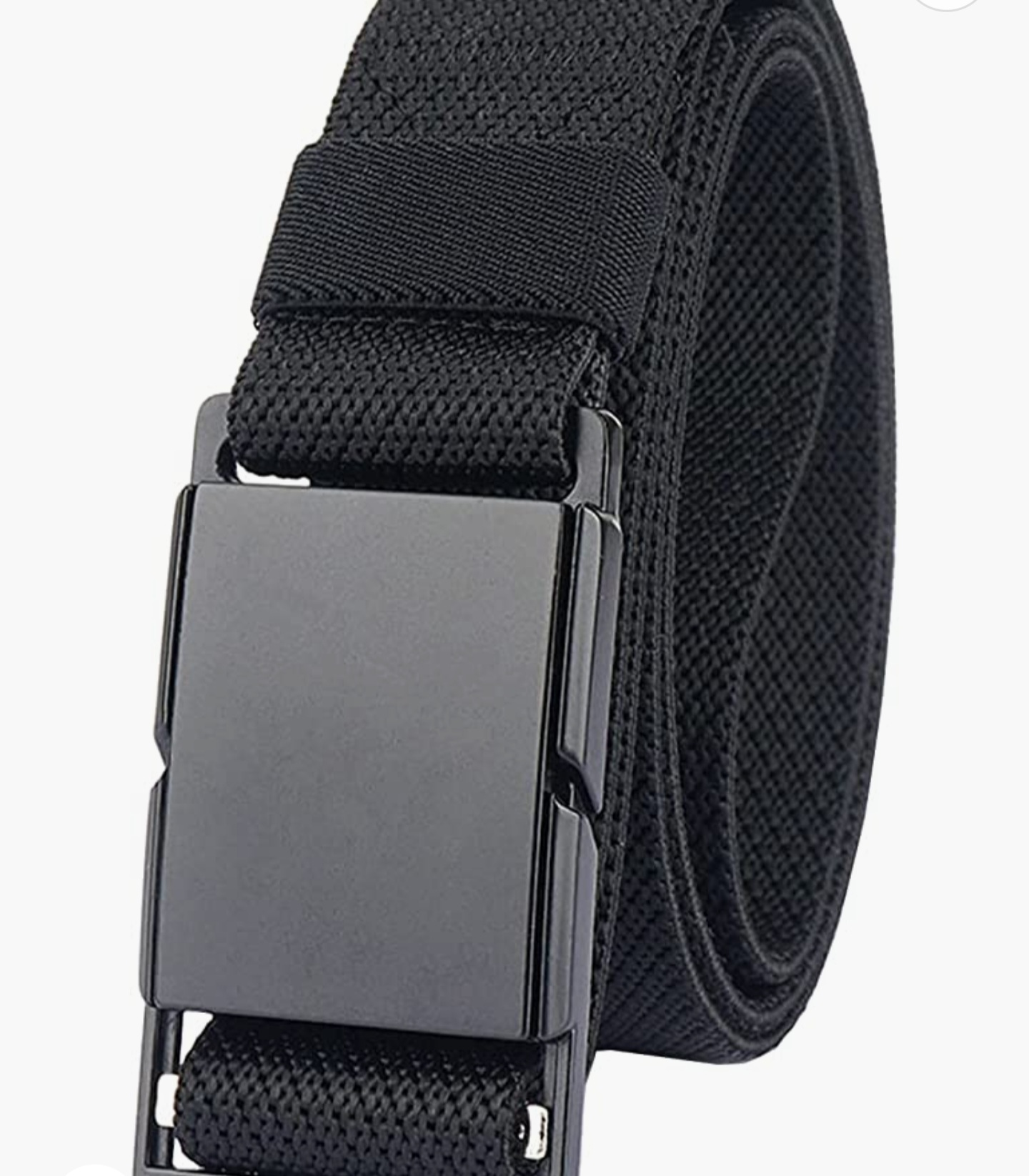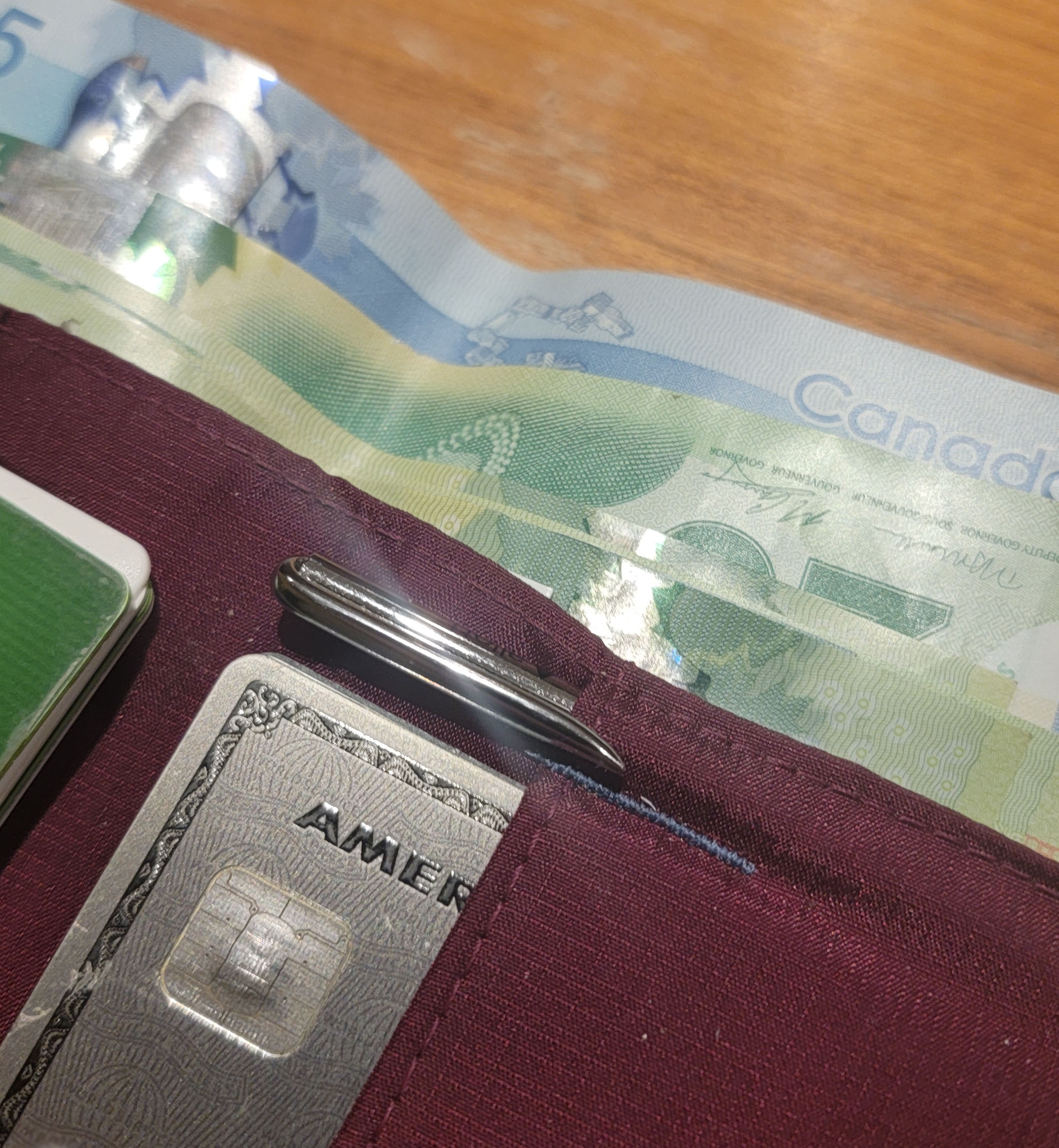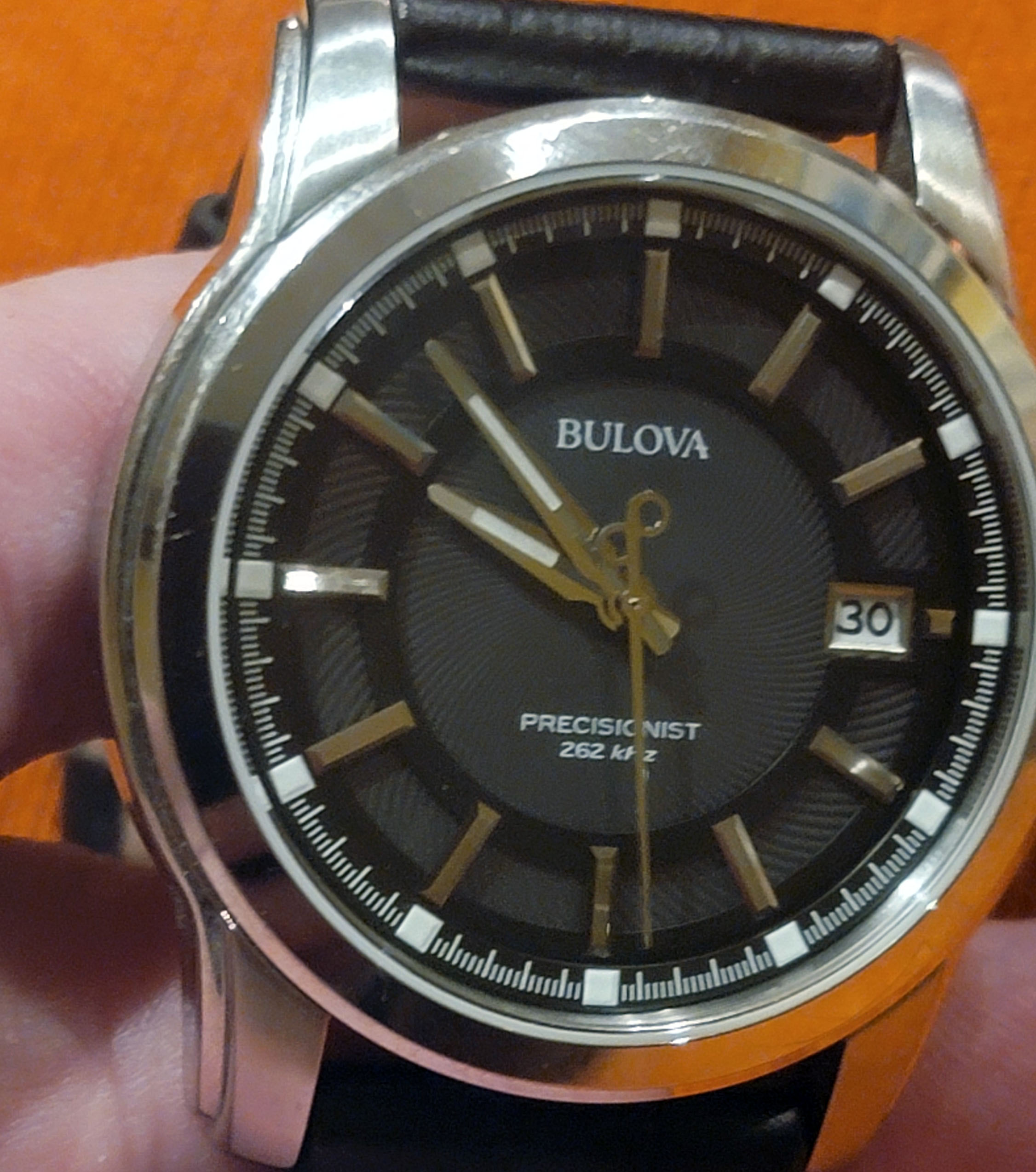RANS4D One of the most well-known and very desirable vintage Seiko divers is the 6105-8110 “Captain Willard,” which was produced by Seiko. The fictitious character Captain Willard, who Martin Sheen portrayed in the cult classic “Apocalypse Now,” was shown wearing the watch throughout the film. The unconventional form of the casing is instantly noticeable. It is comprehensive and flat and possesses a crown guard that is unlike any other. The dial and bezel include much information, yet they are still easily read and functional. Because it is constructed like a tank and places equal importance on its form and function, this watch is ideal for a military-themed figure to wear. Also, let us not forget the cool “traffic light” seconds hand that sweeps around the dial with a brilliant red dot and a polygonal lume layout that looks like a traffic light. The watch has stood the test of time for a good reason. The combination of screen time, distinctive appearance, and a robust feature set made the 6105-8110 an ideal choice for a contemporary update at a price range that was more approachable than that of products like the SLA033.
When the brand-new Seiko SPB153, also known as “Captain Willard,” became available for purchase, I could not wait to get my hands on one. The fact that the watch has a unique case form and good talk about it has only served to heighten this longing. Fortunately, I work in the watch journalism industry, and we recently received a new shipment. Following a very systematic procedure of “calling dibs,” the watch was finally in my possession so that I could evaluate it. My attention was immediately drawn to the form of the case. I was instantly reminded of the typical ocean sunfish due to its elongated appearance and humped crown guard; hence, I propose that we call this one the “sunfish.” Despite their peculiar appearance, fish are known to have poor capabilities; nevertheless, this is not necessarily the case. They can go up to 26 kilometers per day, spring out of the water, and dive to levels of up to 200 meters, just like the SPB153. This contemporary take on the Willard harkens back to the adage that you should not judge a book by its cover, despite its striking similarity to a peculiar fish. So, let us get down to brass tacks and examine the watch in great detail.

Case
The casing of the SPD153 “Captain Willard” watch, which is made of stainless steel and measures 42.7 millimeters broad, is thinner than it seems. It has an impressive lug-to-lug measurement of 46.6 millimeters and a reasonable thickness of 13.2 millimeters. Brushing is done on the top surface of the watch, while the wedge-like case edges have their surfaces polished. This treatment is part of Seiko’s DiaShield hardening process, which is applied to the case. What makes the casing of the Willard so distinctive is the asymmetrical design, with its enormous, noticeable hump taking up about a quarter of the diameter of the watch. This hump is a crown protector, guarding the crown against unintentional bumps and tampering. The original 6105-8110 watch, on which this wristwatch is based, has this guard that is easily the most identifiable design element. At first, I was concerned that it would be a nuisance, but the thoughtful design of the case and the way it is contoured ensures that it is not an issue. If you look at the case from above, it appears to be sharp and broad. However, you will be surprised if you look at it from the side.
Because of the polished finishing, the bottom and the sides of the case have a smooth feel, which helps the case fit more securely on your wrist. It rests comfortably in the middle of the wrist, remains out of the way even while the person is in motion, and complements their style simultaneously. The form of the lugs themselves is also quite fascinating. Instead of a traditional lug, the spot on the circular shape where the strap attaches to the case seems more like a cutout in the material. It gives the impression that the strap is part of the shoe. About the strap, the watch’s pierced lugs make it possible to switch out different straps swiftly. I like the utilitarian appearance and the utility of a drilled lug, and I think it is incredible that you can use anything as simple as a paper clip or a thumb hook as a tool for changing your strap.
The top of the case features a revolving dive bezel that only rotates in one way, making it unidirectional. The bezel has a clicky movement that is very smooth and understated. It is neither sharp nor loud but somewhat subdued and muffled in quality. The movement of the bezel is satisfactory and quite strong, but for my purposes, I would prefer a quicker unit. The easy-to-grasp quality of the coin is because it has a polished edge that goes around the entire circle. Because it protrudes ever-so-slightly beyond the opening for the strap, it is particularly simple to grab at the 12 and 6 of the clock positions. You will discover a green metal insert within the bezel, much like the one on the watch’s first iteration, and it is a replica of the one on the watch. Large Arabic numerals are utilized on minute markers for 10 minutes, whereas lengthy hash marks are used on minute marks for 5 minutes. A series of dots fill the empty area between the more prominent bezel components. The fact that there are just three dots between the more prominent elements gives me the impression that their presence is more for the style than for precision. When utilizing the timing bezel, there is a huge triangle at 12 of the watch with a lume pip. This makes it simple to determine your zero point, regardless of whether you are doing it in bright or dim light. A sapphire crystal can be found within the bezel, and it has a convenient bevel carved onto the outer edge of the crystal. This is the same cut on the first watch, and it is great to see that it has been carried over to the current model. The angled sapphire produces a minor distortion around the periphery of the ring, which I adore.

Dial & Hands
On the Willard, the dial and the hands are executed to an exceptionally high standard. Even though they are not identical, they are a faithful enough replica of the original dial on the 6105-8110. Even the highly cool stop light seconds hand is included in this reconstruction. First things first, let us talk about the dial itself. The sunburst green version of the watch that Seiko came up with is just breathtaking. Even though I am confident the black-dialed version of the watch is even more accurate than the original, the sunburst green version is still my favorite. The sunburst design embedded in the dial’s base surface interacts with the light differently depending on the perspective from which you are looking at the watch. It might be a glistening brilliant green, or it can be a darker shade of army green. The sunburst effect is less noticeable when viewed from certain angles. The base dial is pleasing to the eye from whichever perspective you choose to examine it. On the dial, there is no rehaut in the traditional sense; instead, there is a chapter ring printed on it. As you move inwards, you will come across a set of applied polished indices ranging from one to twelve. At the number 12, a double-wide index ends at a point on the bottom. This is a daring approach to indicating the midnight time and does an excellent job setting itself out from the competition.
A date window that is presented with black lettering on a white backdrop can be found in place of the marker that would usually be seen at three o’clock. It does an excellent job balancing off the somewhat stretched-out 9-of-the-clock index. The date window has a pointed beveled edge, which gives it the appearance of being done on purpose. However, the wording shown on the dial is problematic, in my opinion. The Seiko logo looks OK at 12, but the “X” in the Prospex emblem seems a little out of place here, considering the source of inspiration. The “SQ” for Seiko Quartz, the royal “GS” for Grand Seikos, and the suggestively-shaped “Oscillating Quartz” logo are just a few examples of the quirky tiny logos that Seiko is known for using. The Willard watch features the most recent iteration of the Prospex “X” emblem, which may have a style that is a little too contemporary for a timepiece influenced by the past. Under the “X,” there are the phrases “AUTOMATIC” and “DIVERS 200M,” so that you are constantly aware that, yes, this is an automatic watch, and yes, you can also dive with it. It is done so that you always have the correct information.
Another thing that bothers me is that the color of the bezel insert and the dial on the green sample is not the same shade. This can be seen on the dial of the watch. While the dial displays a more neutral color, the bezel displays a touch more yellow. It is not instantly apparent in all lighting settings, but it isn’t easy to forget once it has been seen. Was this a deliberate decision made throughout the design process? It is tough to say. The variations in the shade of green are distinguishable enough to be noticed but not sufficiently to identify whether or not this was done on purpose. The longer I wore the watch, the less worried I became by its peculiarity.
The breathtaking handset Seiko meticulously designed is, in my opinion, the watch’s most eye-catching feature. Rectangular in shape, the hour and minute hands each have a rounded edge on the side closest to the mounting post. At the very end of each one is a very slightly pointed tip. The hand that indicates the hour is shorter and broader than the one that indicates the minutes, extending further toward the dial’s circumference. Each one is filled with a lumen pattern shaped like a hand. Seiko’s finishing on this item has a lot of great qualities that make it stand out. Each is cut in half along the center, and while one half is given a brushed finish, the other half is given a highly polished finish. This finishing method not only lends an illusion of refined elegance to the overall appearance but also makes text easier to read. The increased contrast helps a great deal in distinguishing the silver hands from the green dial of the watch. The one utilized on the SPB153 is a replica of the original secondhand, and it has a very distinctive lume/paint plot at the very end. This plot is designed as a traffic light and has a lumen recess in the shape of a polygon that is complemented by a paint dot in the shape of a circle. This little splash of red goes a long way, especially considering how little it is. I like how it appears with the green of the dial and the bezel combined. The dial and hands are executed at a level far higher than Seiko’s entry-level divers. Some high-end techniques are being employed here, and seeing the watch in the metal solidifies the idea that this is not your typical Seiko that costs about $300 that we are talking about.

Movement
Pgatoto 6R35 is an automatic rotating movement that can be found inside the SPB153. The outstanding power reserve that Seiko’s movement offers, which clocks in at 70 hours, is the primary factor that contributes to the movement’s popularity. It is incredibly convenient to leave a watch to rest for a few days in between wearings without having to remember to wind it or re-set the time on it. The mechanism is wound by hand, features a hacking seconds hand that allows for fine setup, and beats at 21,600 BPH to ensure a clean second’s sweep. In addition to that, there is a magnetic resistance of 4,800A/m included. The date is shown at the three-of-the-clock position and can be easily adjusted with a one-touch function for your convenience. According to Seiko’s specifications, it has an accuracy of -15/+25 seconds each day, which positions it solidly in the region of “not great, nor bad.” However, the increased power reserve is the primary selling factor that appeals to me personally. The 6R35 is the topic of several conversations on the forums, and opinions on it are firmly held on both sides of the argument. While some think it is a beautiful movement, others find its accuracy inexcusable. It seems to me that you are receiving a high-quality and dependable in-house movement, complete with hacking seconds, a date window, the capacity to be wound by hand, and a power reserve that is the best in its category.
Wearability & strap
A silicone rubber strap with a vintage-inspired design wraps around your wrist and secures this stunning piece of rectangular metal. Compared to the rigid and irritating dive bands made of rubber that Seiko used to sell a decade ago, the company’s current rubber straps are far more comfortable and flexible. The black silicone rubber’s top and bottom have a rough surface. At the very top, there is a textured stripe that runs down the center, and on either side, there is a design that looks like a rope, and the edge of this pattern has a raised border. You will notice a pebbled texture below the strap, and it nearly appears like the ground when it is dry and broken. Throughout the day, the strap will be less likely to adhere to your wrist and cause chafing because of its texture. Suppose you and your Willard get “in the shit” up the river while searching for a renegade (and psychotic) military colonel who wears a badass bezel-less GMT. In that case, this will also aid, albeit somewhat, with water drainage and perspiration from the watch.
Additionally, the strap keeper is of extremely excellent quality. It is ornamented with the Seiko logo in the center of the smooth, brushed surface, and the edges have a polished bevel around them. In addition to being superior to what is typical, the buckle has the owner’s signature. Although I realize that the strap ought to be long enough to be worn over a wetsuit, the fact that it should so long makes it a little awkward for day-to-day use. In addition, my wrist is 6.75 inches; thus, there is quite an amount of excess strap hanging out there.
On my wrist, the SPB153 looks and feels stunning. Before starting the review, I did not have a positive sense that it would fit me well or, for that matter, be exceptionally comfortable. I was worried about both of those things. I sure was mistaken, man. To begin, let us speak about how things fit. It does not seem like something that would be anywhere near svelte on my 6.75-inch wrist if it were an oblong diving watch with a massive, weird-looking hump that served as a crown guard. The case has a measurement of 42.7 millimeters, a little more than the standard 42 millimeters seen on the majority of dive watches now available on the market. Initially, I was a bit concerned that it would be significantly more extensive and more intimidating, similar to the 44.3mm SRP775 “Turtle” that was a part of my collection until it was removed. As it happens, such is not the case. A remarkably comfortable watch is produced as a combination of the case’s curves, the watch’s relative thinness (13.2mm), and the watch’s moderate size (42.7mm x 46.6mm). Photos make it appear like it has more room than it does, but in reality, it is just the right size. The face of the watch is angled upward and away from your wrist on the side of the casing. There is some case magic going on with the crown protection that allows for effortless access to the crown itself while keeping the case at an even thinner profile. As a tribute to how comfortable it was, there were times when I completely forgot that the watch was even on my wrist. The watch strap caused more problems than the actual watch did. On a single nylon pass in dark brown, I discovered that I wore it most of the time. It is the kind of watch that I could easily see myself wearing every day based only on its comfort and good looks.
Conclusions
After getting some hands-on experience with the SPB153, I dispelled my preconceived notions that it was a cumbersome and bulky timepiece. For a diving watch with a depth rating of 200 meters, the dimensions of the casing are pretty close to ideal. There are certainly watches that are smaller and thinner than the SPB153, but none of them have the distinctive case form or crown guard that this model has. My wrist is 6.75 inches long, and the watch’s case has concave sides with a surprisingly organic design. As a result, the watch is charming to wear. When it was attached to a thin strap made of nylon, I frequently forgot that it was even there. When you have a diving watch, anything like this will not happen very often. The case finishing is superior to the typical entry-level Seikos and is on par with the price being asked for it, which is $1100. When you look at the watch, you will be lured in by the green sunburst dial, and then you will linger around to observe the polished applied indices with their ample dose of lume and the beautiful handset. When it is completely wound, the watch can keep accurate time for a fantastic seventy hours due to the presence of a competent movement inside. Seiko’s offering of a premium diving watch, the SPB153, is all things considered, an appealing choice. The manufacturer suggested retail price of $1,100 is comparable to what the watch has to offer, and as soon as I handled it, I was completely won over by it. This modern reproduction will surely hit those who adored the original 6105-8110, particularly if they plan to wear the watch while scuba diving. Seiko is knocking it out of the park with its 2020 reissues. They are staying even more faithful to tradition than previous versions while incorporating some significant enhancements that result in some extremely enticing wrist watches.
If you want to own this watch, contact us at info@http://ownthiswatch.com/wp-content/uploads/2023/05/garmin-descent-mk2.jpg.com.





